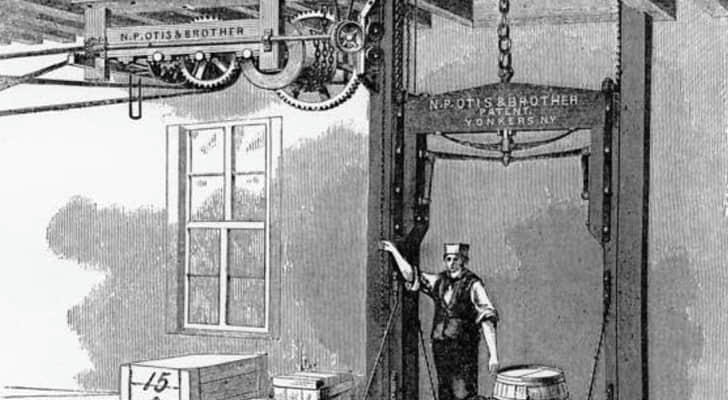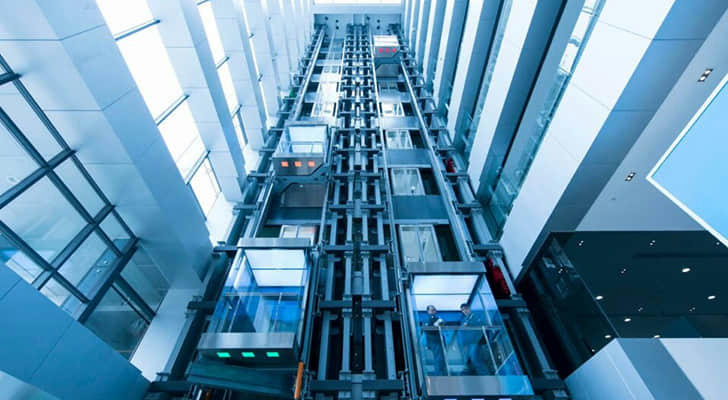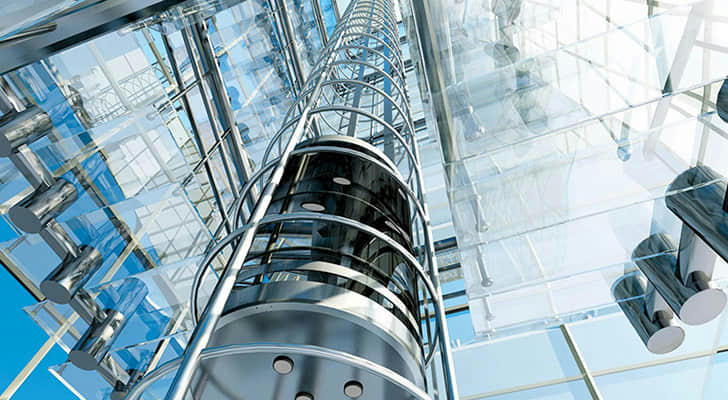The History of Elevators: From Ancient Lifting Devices to Modern Elevators

Elevators are an essential part of modern buildings and have become a key element of urban life. However, elevators are not just a product of modern technology; their history stretches back thousands of years. This article looks at the development of elevators, from simple lifting devices in ancient times to today's high-tech elevator systems, focusing on recent innovations and user experiences.
1. The Origins of Ancient Lifting Devices
Elevators have their roots in the 3rd century BC in ancient Egypt and Greece. Workers used simple lifting devices to move heavy stones while building pyramids and other large structures. One of the earliest devices was invented by the Greek scientist Archimedes, known as the "Archimedes screw." This device is considered an early form of the elevator.
2. Advances in the Middle Ages
During the Middle Ages, elevator designs continued to improve. Wooden lifts powered by ropes were commonly used in churches and castles. These elevators were operated by people, which made them less efficient. However, they laid the groundwork for the mechanical elevators that came later.
3. The Turning Point of the Industrial Revolution
The Industrial Revolution in the 19th century marked a significant turning point for elevators. With the introduction of steam engines, elevator designs changed dramatically. In 1853, American inventor Elisha Otis created a safety elevator to address safety concerns. His design included a safety brake that would stop the elevator if the cable broke. This innovation made elevators much safer and was first used in a New York department store in 1861.
4. The Popularization and Development of Elevators
As we entered the 20th century, elevator technology advanced rapidly. Electric motors made elevators easier to operate and increased their speed and capacity. As cities grew and more high-rise buildings were built, elevators became a vital part of modern architecture. By the 1930s, elevators were standard in skyscrapers, providing people with more convenient ways to move between floors.
5. The Birth of Modern Smart Elevators
Modern elevators have evolved significantly, incorporating advanced technology and improving energy efficiency. Today’s elevators use smart controls that adjust operations based on passenger needs. Many elevators are also equipped with monitoring systems that track their performance in real time, enhancing safety and reliability.

Recent High-Tech Elevator Innovations
Recently, several exciting innovations have emerged in elevator technology. For example, Germany's Thyssenkrupp has developed the MULTI elevator system, which moves both vertically and horizontally. This design allows the elevator to operate freely within a building, breaking away from the traditional vertical-only movement. It optimizes space and enhances the passenger experience.
User Experience Case Study: Thyssenkrupp MULTI Elevator
One user experience example involves the MULTI elevator installed in the Tianjin Binhai Library in China. Visitors can easily navigate the library’s multi-layered layout, enjoying smooth transitions between floors. Users have reported that the flexible design of the MULTI system greatly enhances their overall experience in the library.
Another impressive example is Japan’s rope-less elevator. This elevator uses magnetic technology to operate anywhere within a building without traditional cables. This design reduces maintenance costs and increases flexibility, making it suitable for various building types.
User Experience Case Study: Hitachi’s Rope-less Elevator
In Osaka, Japan, the Hitachi rope-less elevator is installed in the Abeno Harukas skyscraper. Users appreciate how they can access multiple floors without waiting for a conventional elevator to arrive. This system improves accessibility for visitors and enhances traffic flow, significantly reducing wait times during busy periods.

Future Trends in Elevators
Looking ahead, the future of elevators will focus on sustainability and smart technology. As renewable energy advances, elevators will become more energy-efficient and environmentally friendly. For example, regenerative drives can convert excess energy back to the building’s power supply.
Additionally, smart elevators will increasingly integrate with other smart devices, improving efficiency and user experience. Elevators might sync with building management systems to optimize energy use and enhance passenger convenience.
Conclusion
The history of elevators reflects the ongoing progress of human innovation and technology. From the simple lifting devices of ancient times to today’s smart elevators, the evolution of elevators has changed both construction and our daily lives. With continuous advancements, we can expect elevators to offer even more convenience and innovation in the future, enhancing user experiences across different settings.
